It looks like equal parts Iron Man and the Winter Soldier, and it makes really cool whirring and clicking noises too!
Most people look to 2019 with a certain fondness and nostalgia, but the year proved quite difficult for Ian Davis. Not only did he lose 4 of his fingers in a freak workshop accident, but he was also diagnosed with Multiple Myeloma, an aggressive type of cancer. To add figurative salt to his wounds, Davis found out his medical insurance didn’t cover costs for a prosthetic hand because ‘he only lost his fingers and not his entire hand’. Determined not to be shaken by this strange detour life forced him to take, and also empowered by his sheer willpower to keep creating, Davis decided to build a prosthetic of his own.
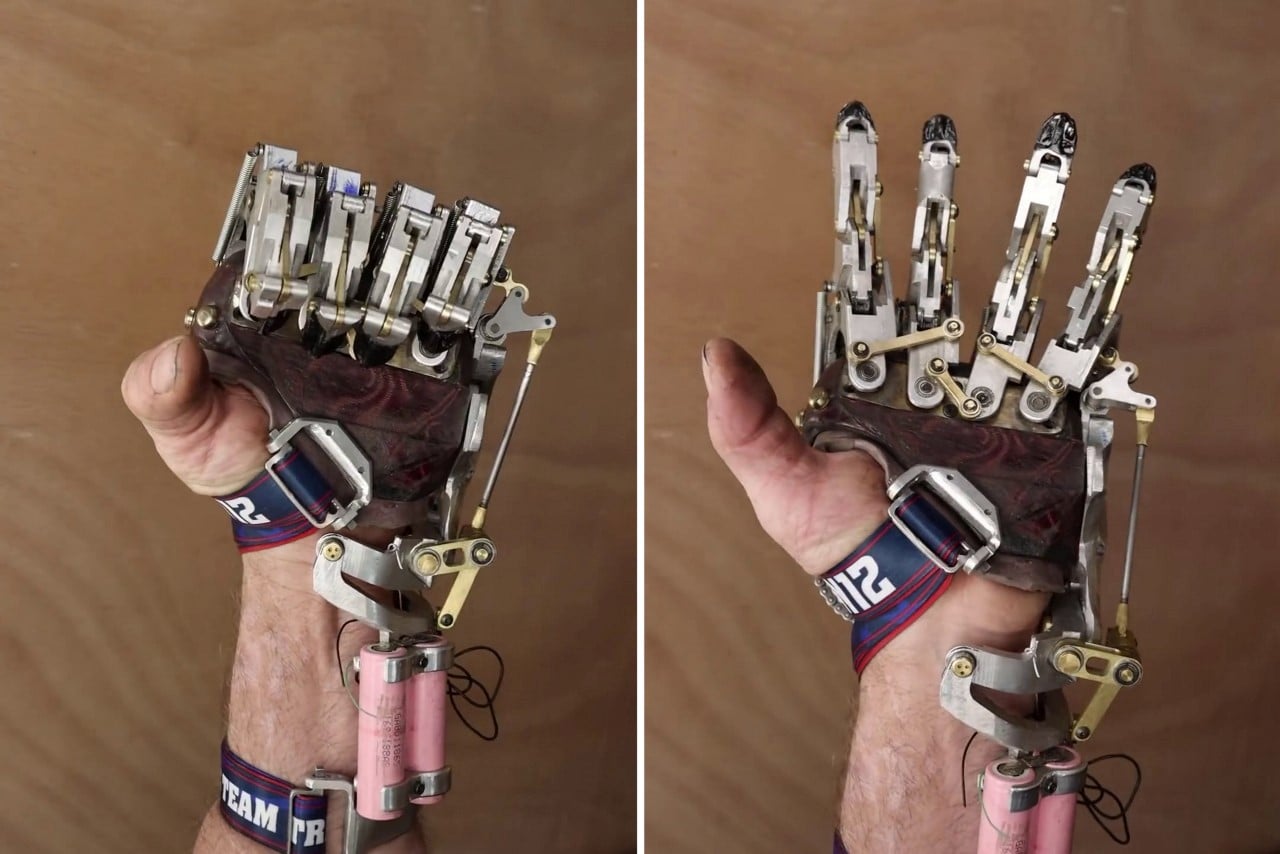
Relying on his professional knowledge as a mechanical engineer, and taking to 3D printing, Ian embarked on a journey to rebuild his hand and his life. “Being a maker, it was a tough deal,” Ian said as he had to use his hand for everything. Davis even documented the entire process on his YouTube channel through a series of videos that show assemblies, versions, updates, and upgrades. In his latest upgrade, Davis demonstrates the prosthetic’s ability to splay (or spread out) the mechanical fingers… something he says is very rare, if not entirely absent, in commercial prosthetics. The fact that the entire prosthetic limb is engineered from scratch gave Davis the ability to repair and augment his creation, something he wouldn’t be able to do with complex, commercially manufactured prosthetic limbs… especially given America’s strict laws against the “Right To Repair”.

What’s really noteworthy about Davis’ creation is that it’s entirely mechanical and doesn’t rely on electronic components, software, and batteries. In a Reddit thread, he mentions that the mechanical hand has many obvious benefits over an electronic one. For starters, it doesn’t need charging (and conversely never runs out of charge either), but it’s also MUCH faster than electronic limbs. It takes an average of 0.2 seconds to open or close the fist, as opposed to electronic prosthetics that can take 10 times longer. Let’s also state the fairly obvious in that it even looks absolutely INSANE, with the steampunk metal digits and the tiny #15 industrial chain running through them… as well as the whirring and clicking sounds they make as they move.
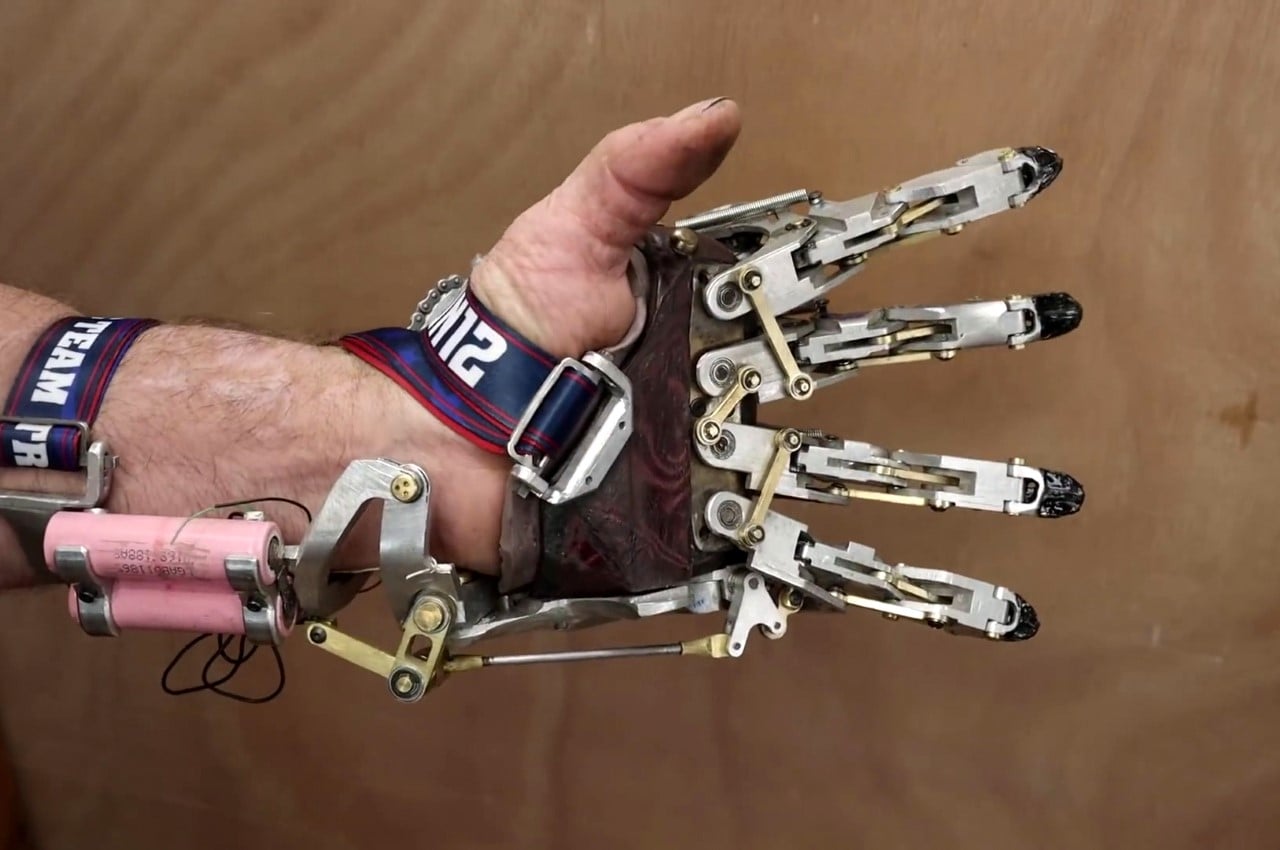
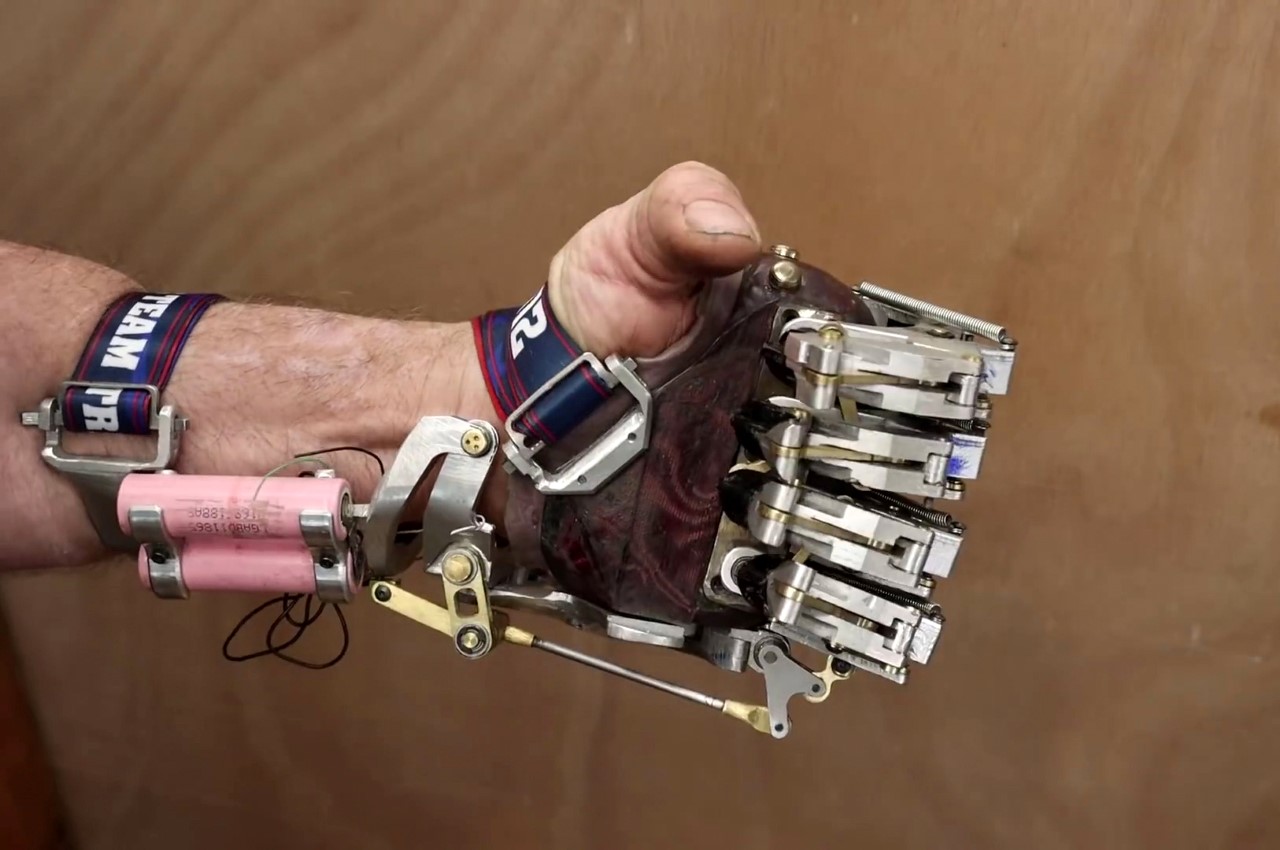
It’s a relentless process of trial, error, and improvement for Ian Davis. He started working on the concept back in July of 2019, and slowly and surely built new features into his hand to make it better, with the latest addition being the splaying function. Moving forward, Ian also plans to implement an Arduino with a display to gain individual control of the fingers and some servo motors to advance the design.
“My end goal is to get picked up by one of the major prosthetic manufacturers and design hands for them in their R&D department, creating real-world solutions for partial hand amputees. Durable products that you can take to work and actually get jobs done with. Allowing people to get back to their lives, doing things that they loved before the time of their life-changing accidents”, Ian says.
Designer: Ian Davis
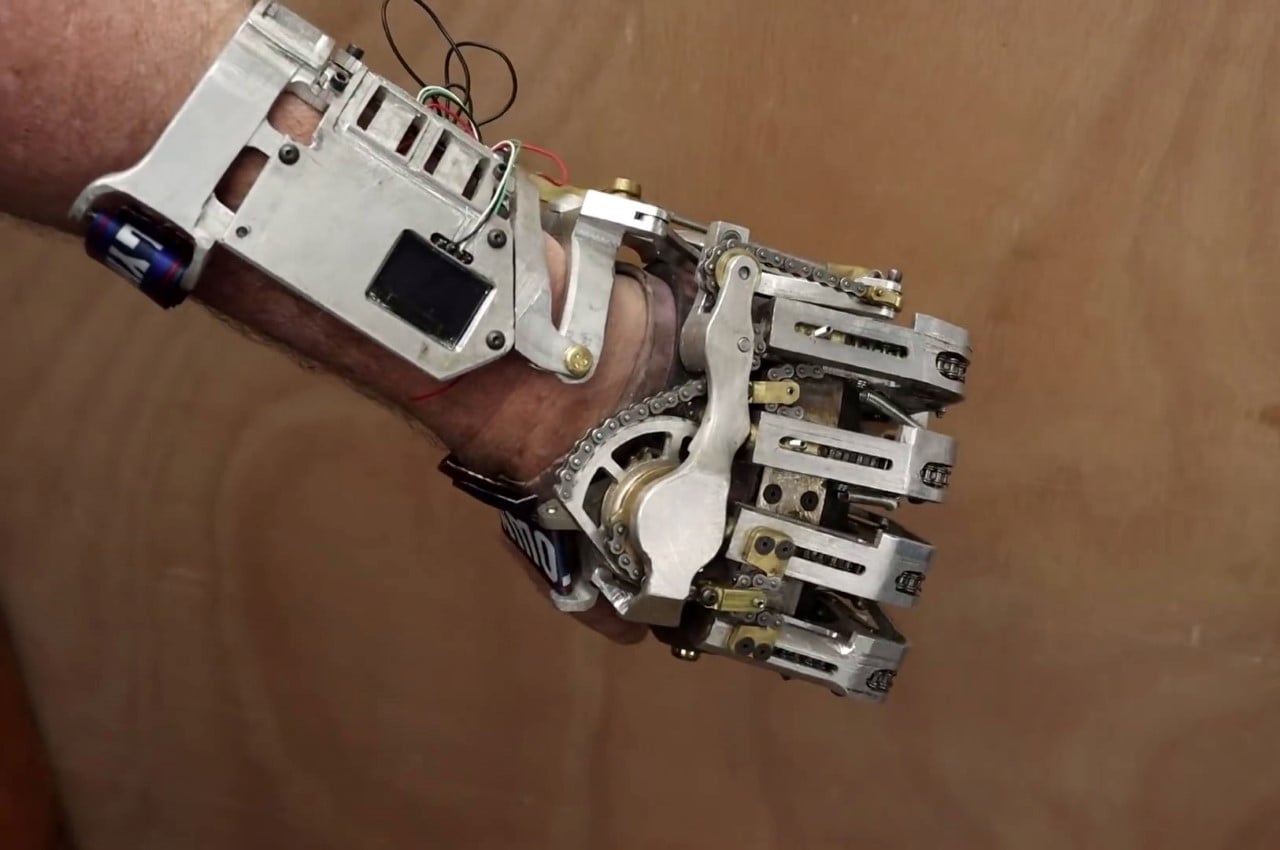
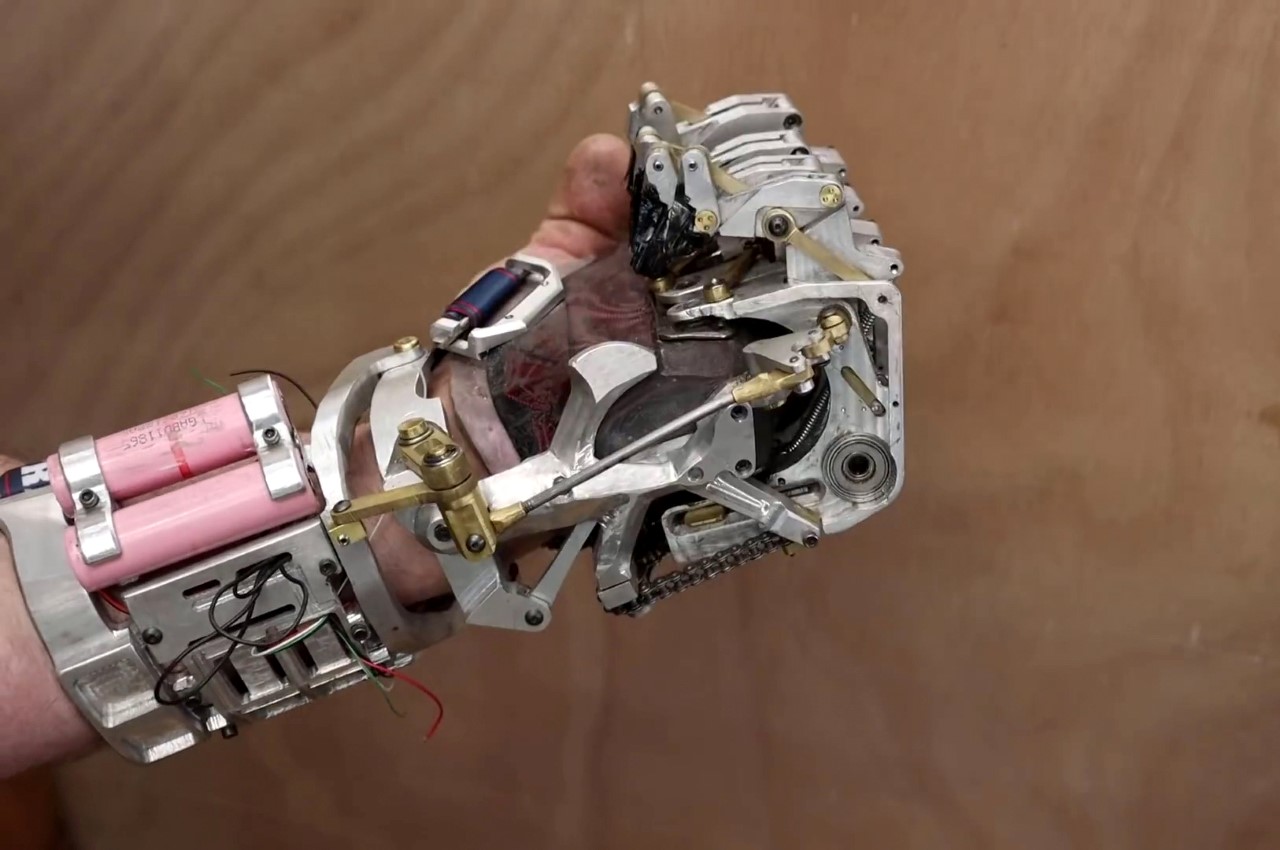
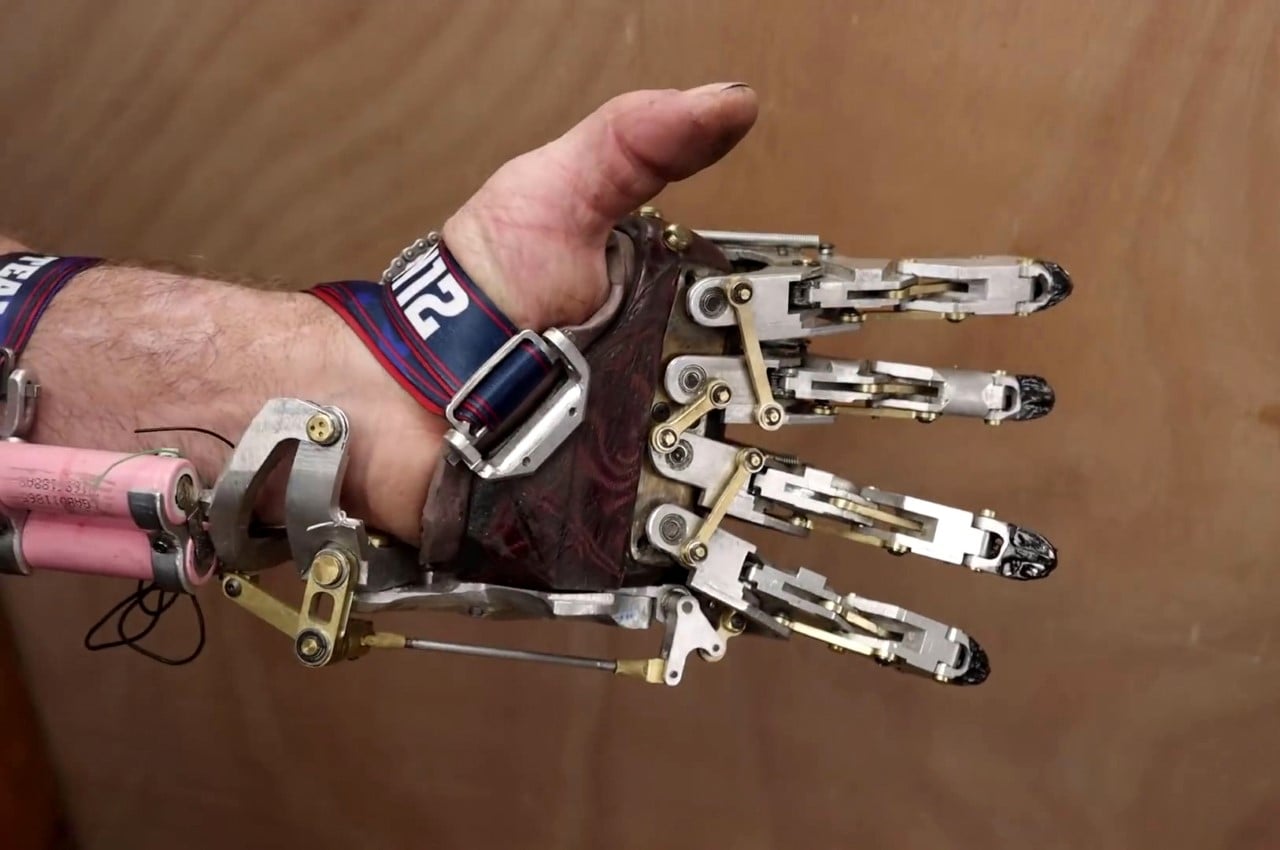
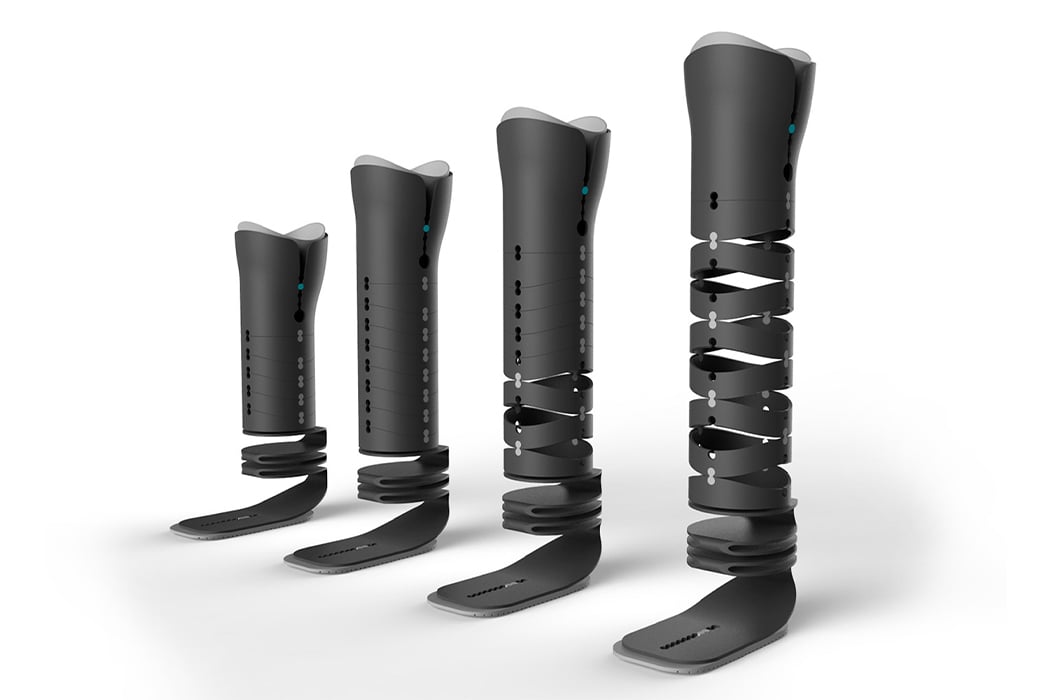
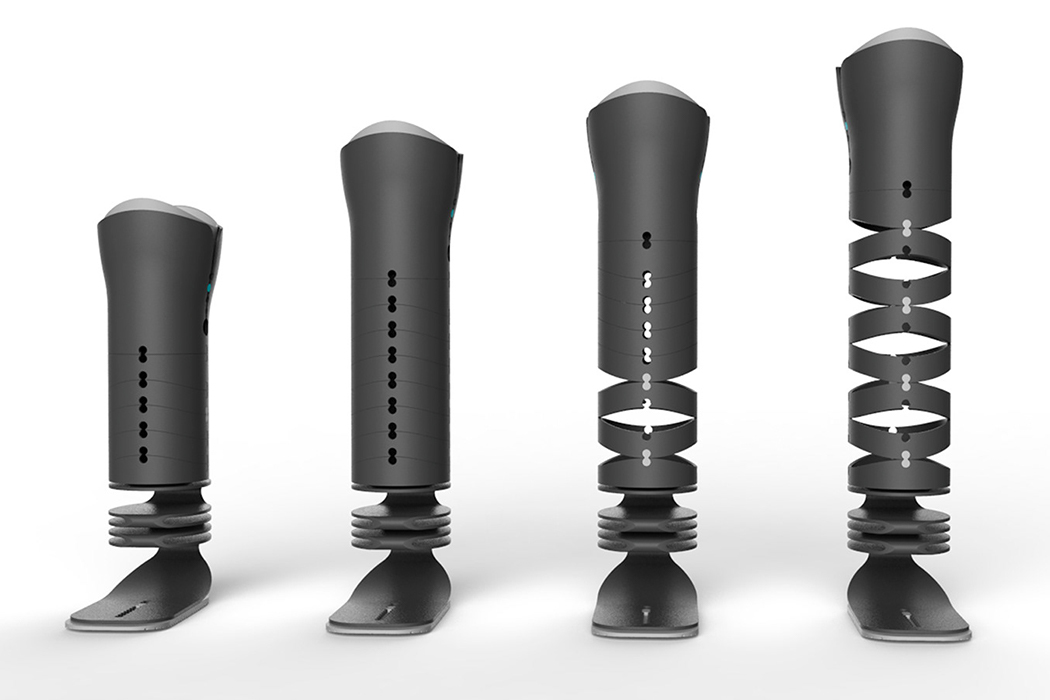

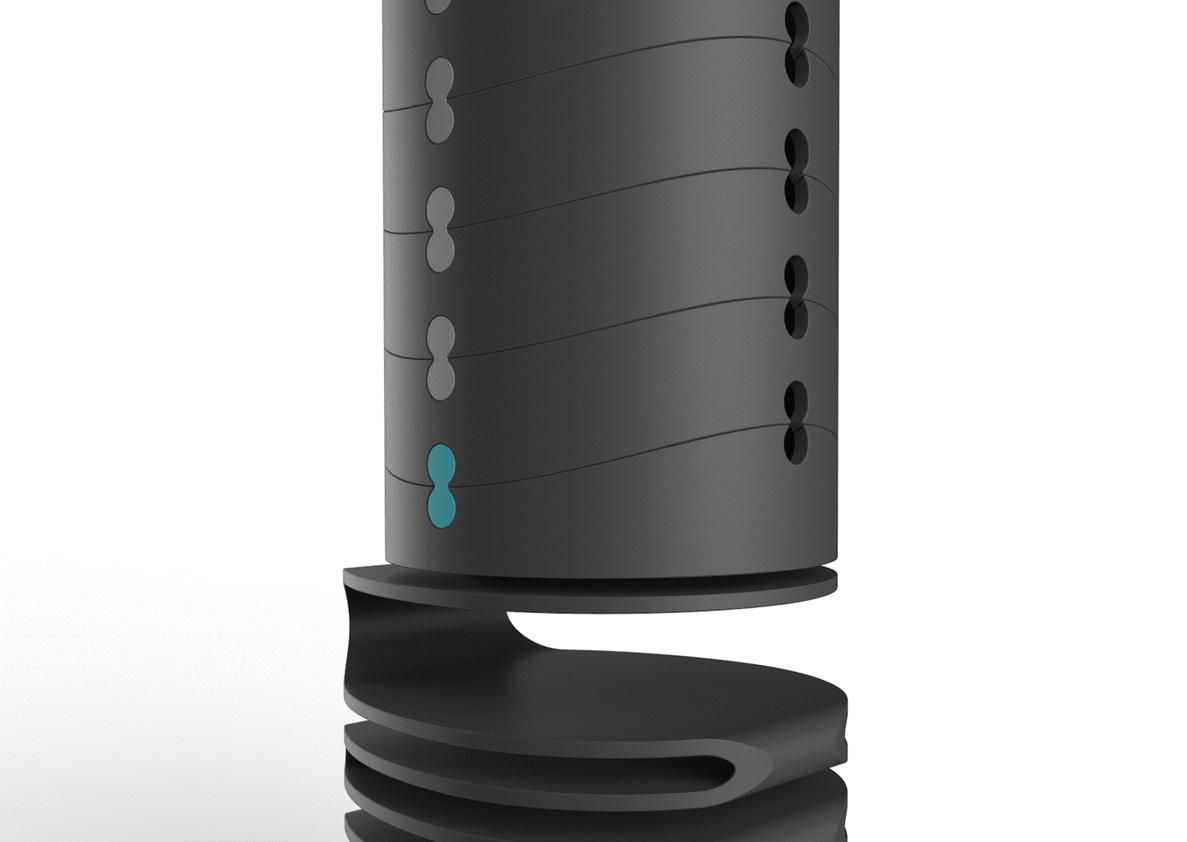
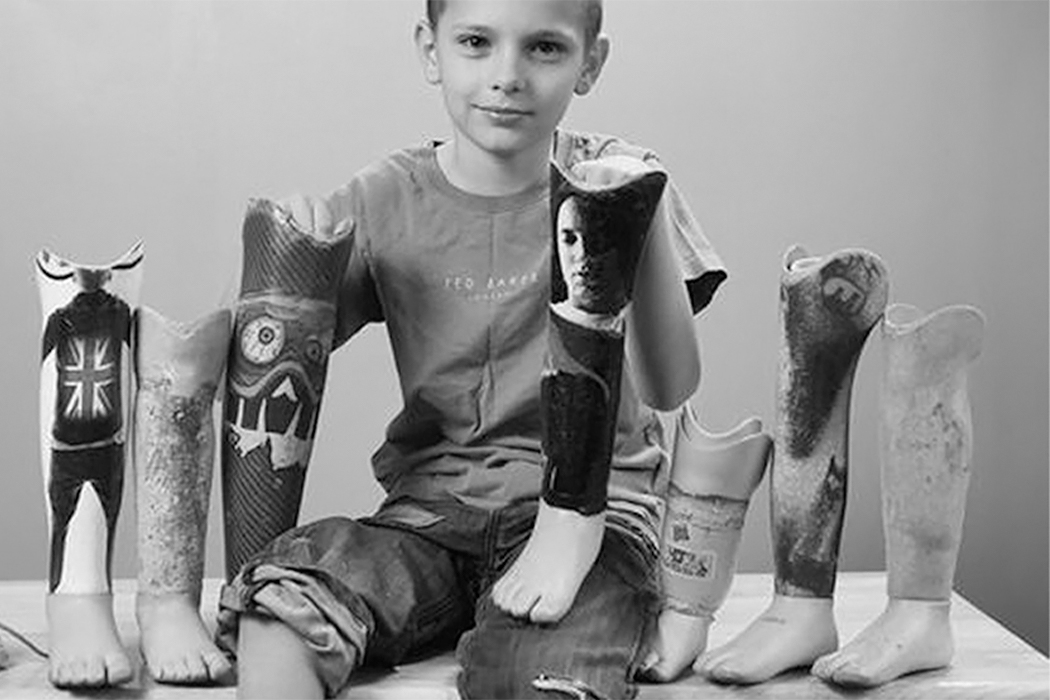
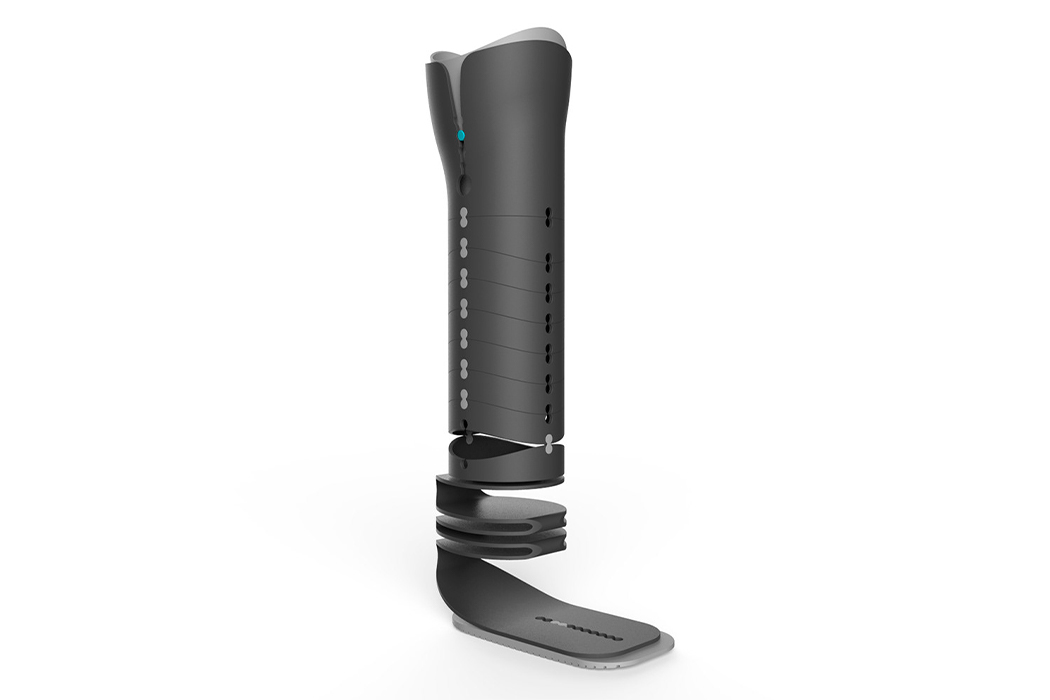
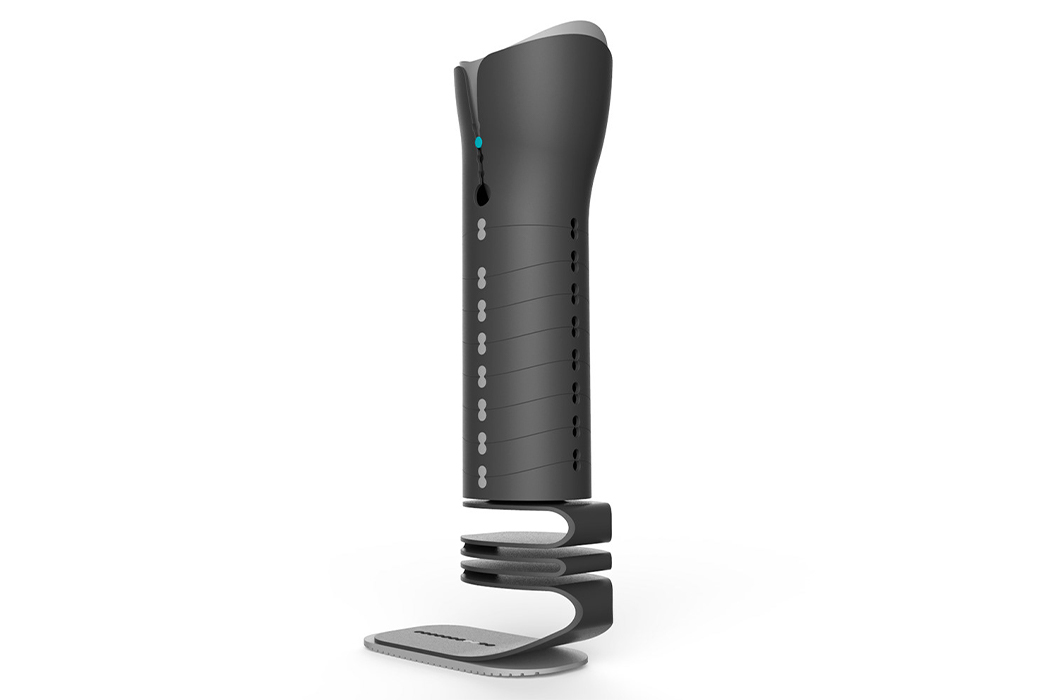
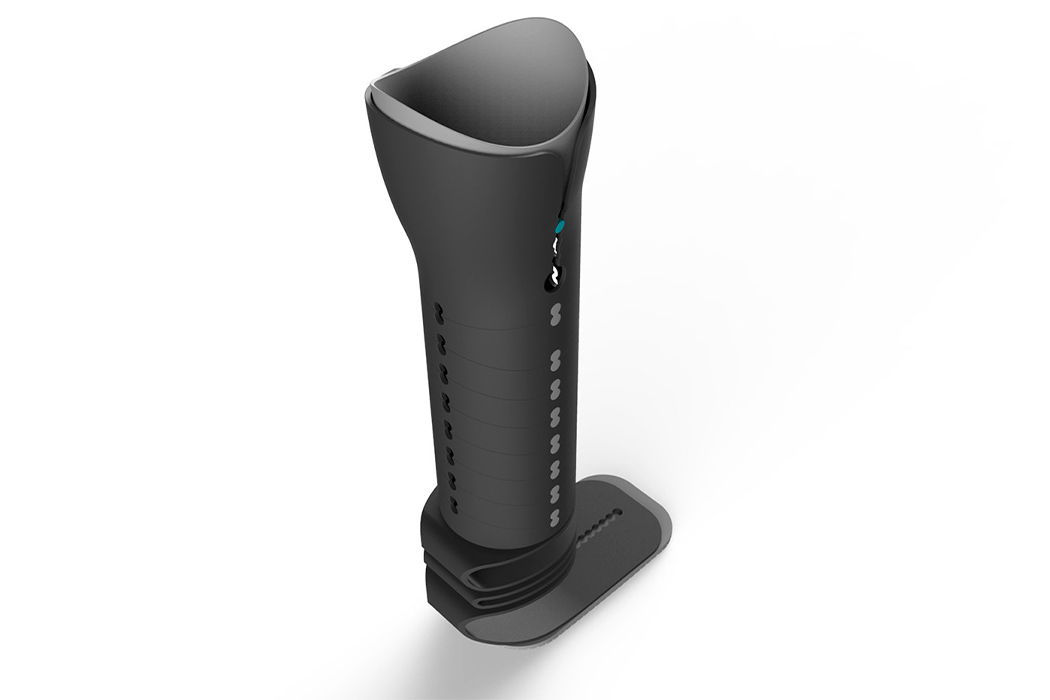
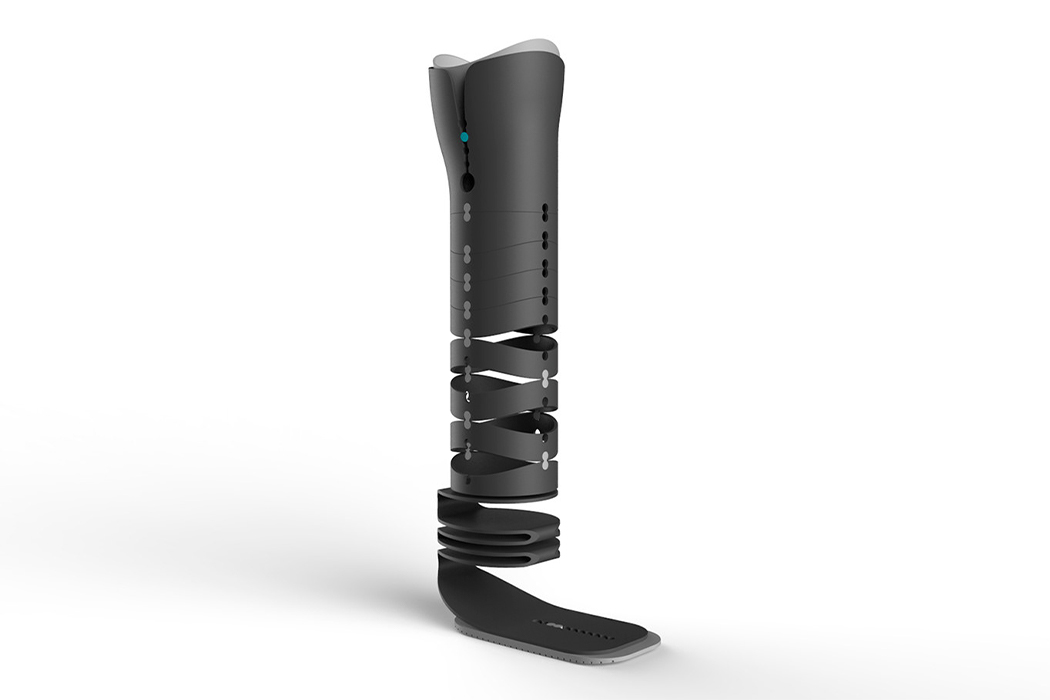
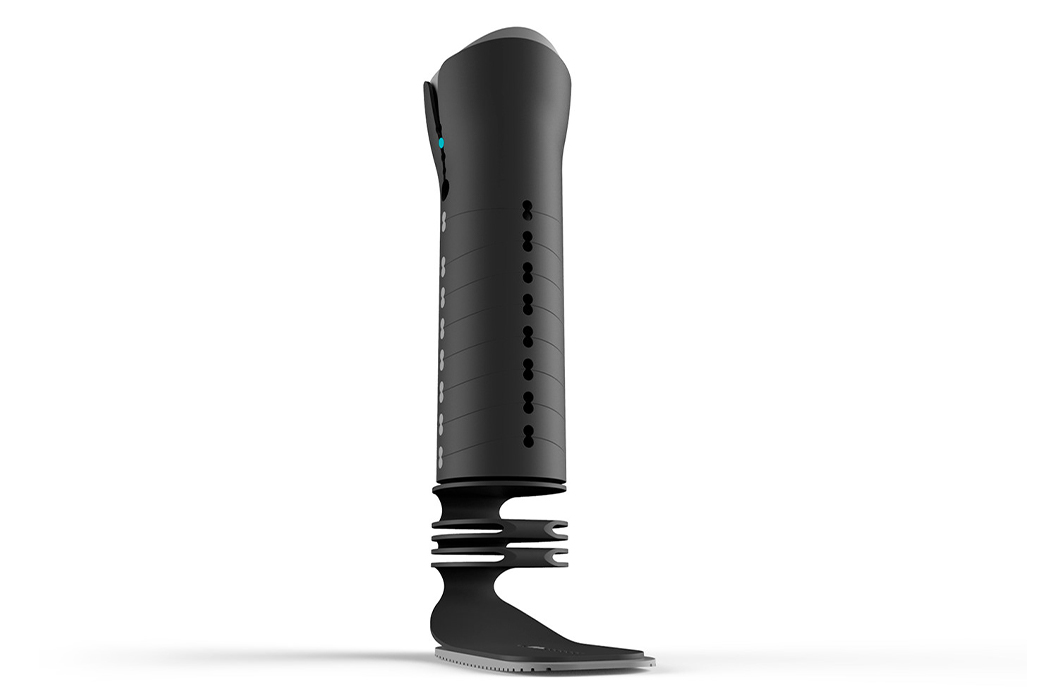
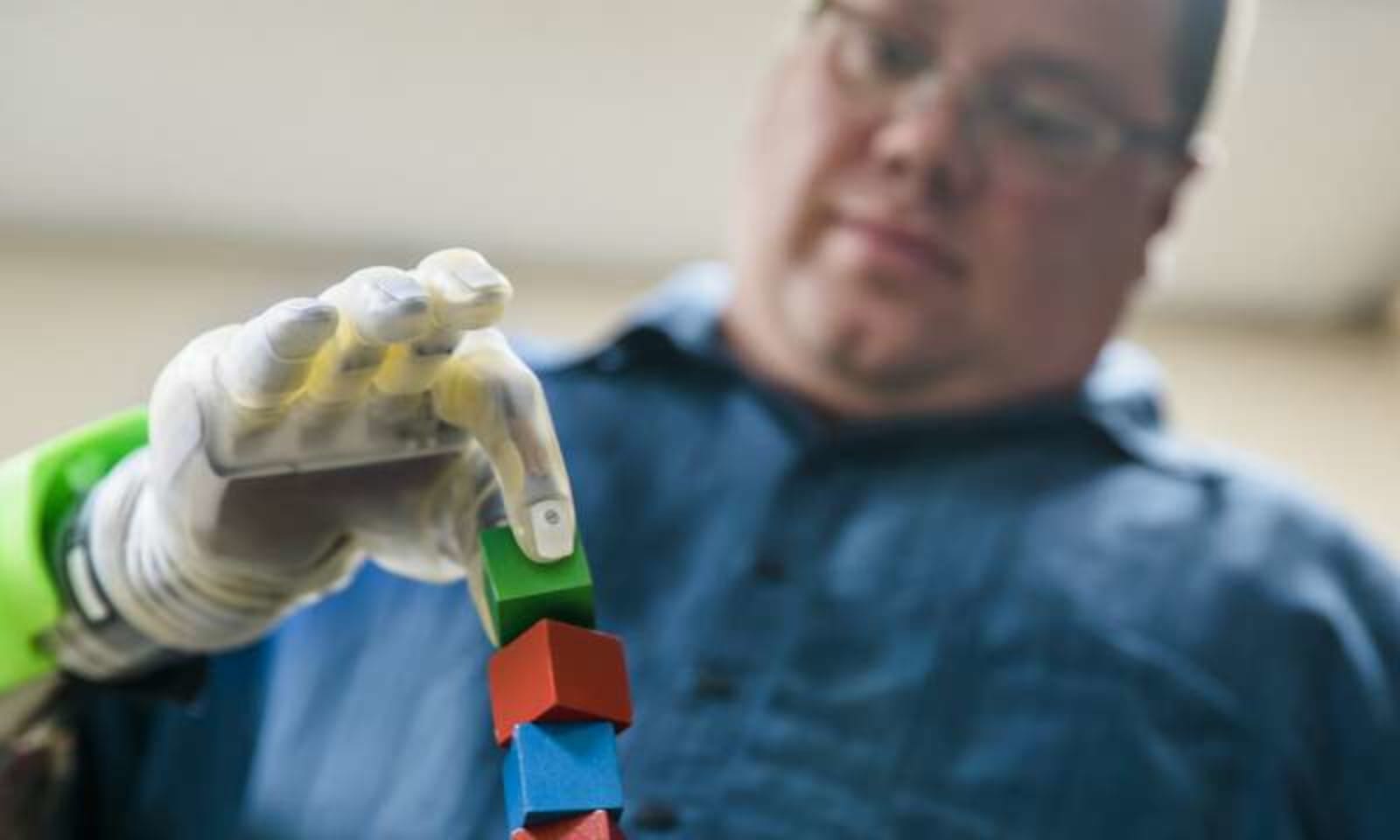 For those working in the field of neuroprosthetics, the ultimate goal is to give amputees with artificial limbs natural, intuitive and real-time movement. Indeed, advances in the field have led to mind-controlled systems and even those that create ki...
For those working in the field of neuroprosthetics, the ultimate goal is to give amputees with artificial limbs natural, intuitive and real-time movement. Indeed, advances in the field have led to mind-controlled systems and even those that create ki...
 Scientists at Caltech and Stanford University want to turn jellyfish into deep-sea explorers that could be directed around the ocean, recording info as they travel. In a paper published in the journal Science Advances, the team explains how they've d...
Scientists at Caltech and Stanford University want to turn jellyfish into deep-sea explorers that could be directed around the ocean, recording info as they travel. In a paper published in the journal Science Advances, the team explains how they've d...





















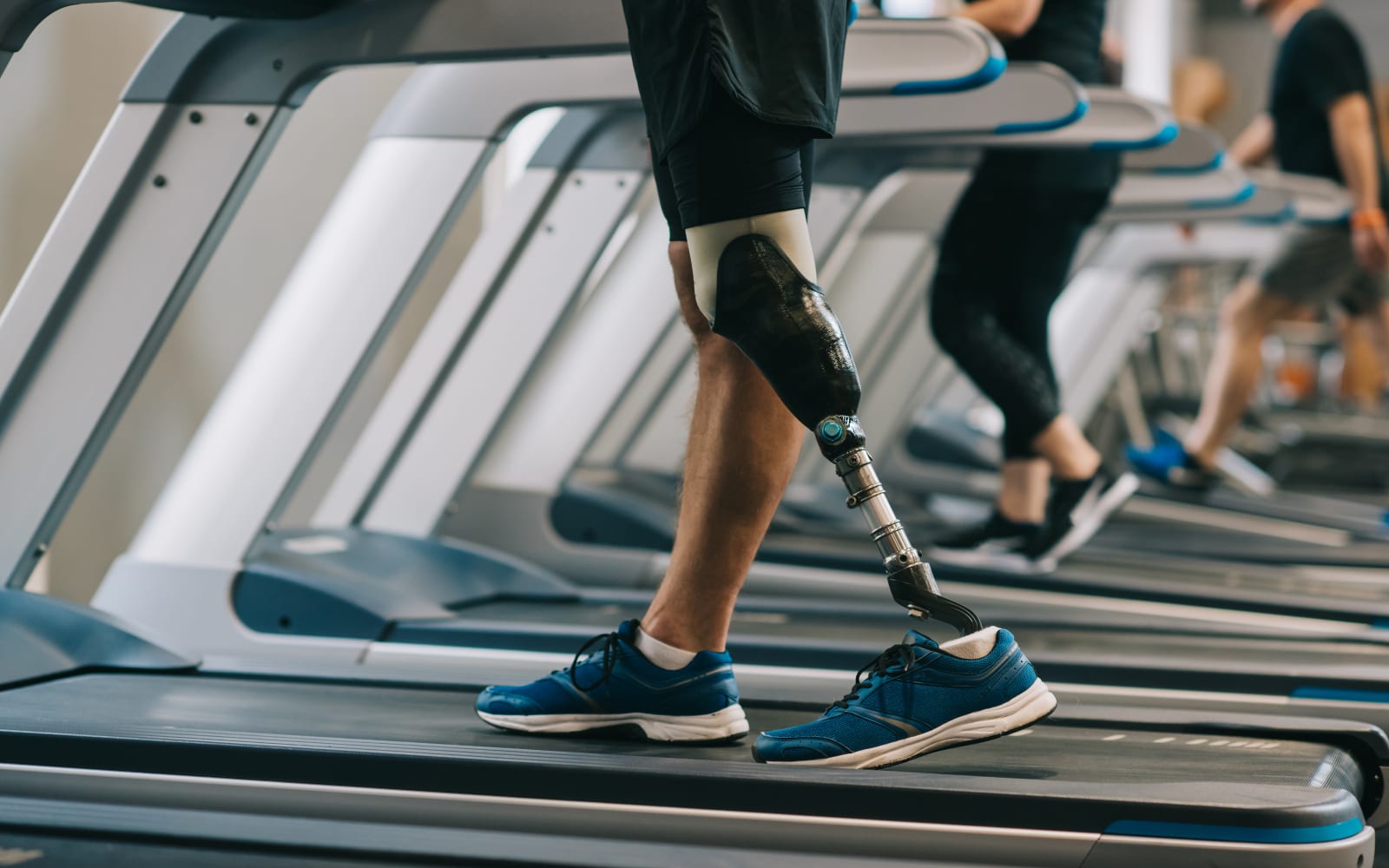 There's been a lot of research into how to give robots and prosthesis wearers a sense of touch, but it has focused largely on the hands. Now, researchers led by ETH Zurich want to restore sensory feedback for leg amputees, too. In a paper published i...
There's been a lot of research into how to give robots and prosthesis wearers a sense of touch, but it has focused largely on the hands. Now, researchers led by ETH Zurich want to restore sensory feedback for leg amputees, too. In a paper published i...
 Researchers have spent years trying to teach robots how to grip different objects without crushing or dropping them. They could be one step closer, thanks to this low-cost, sensor-packed glove. In a paper published in Nature, a team of MIT scientists...
Researchers have spent years trying to teach robots how to grip different objects without crushing or dropping them. They could be one step closer, thanks to this low-cost, sensor-packed glove. In a paper published in Nature, a team of MIT scientists...










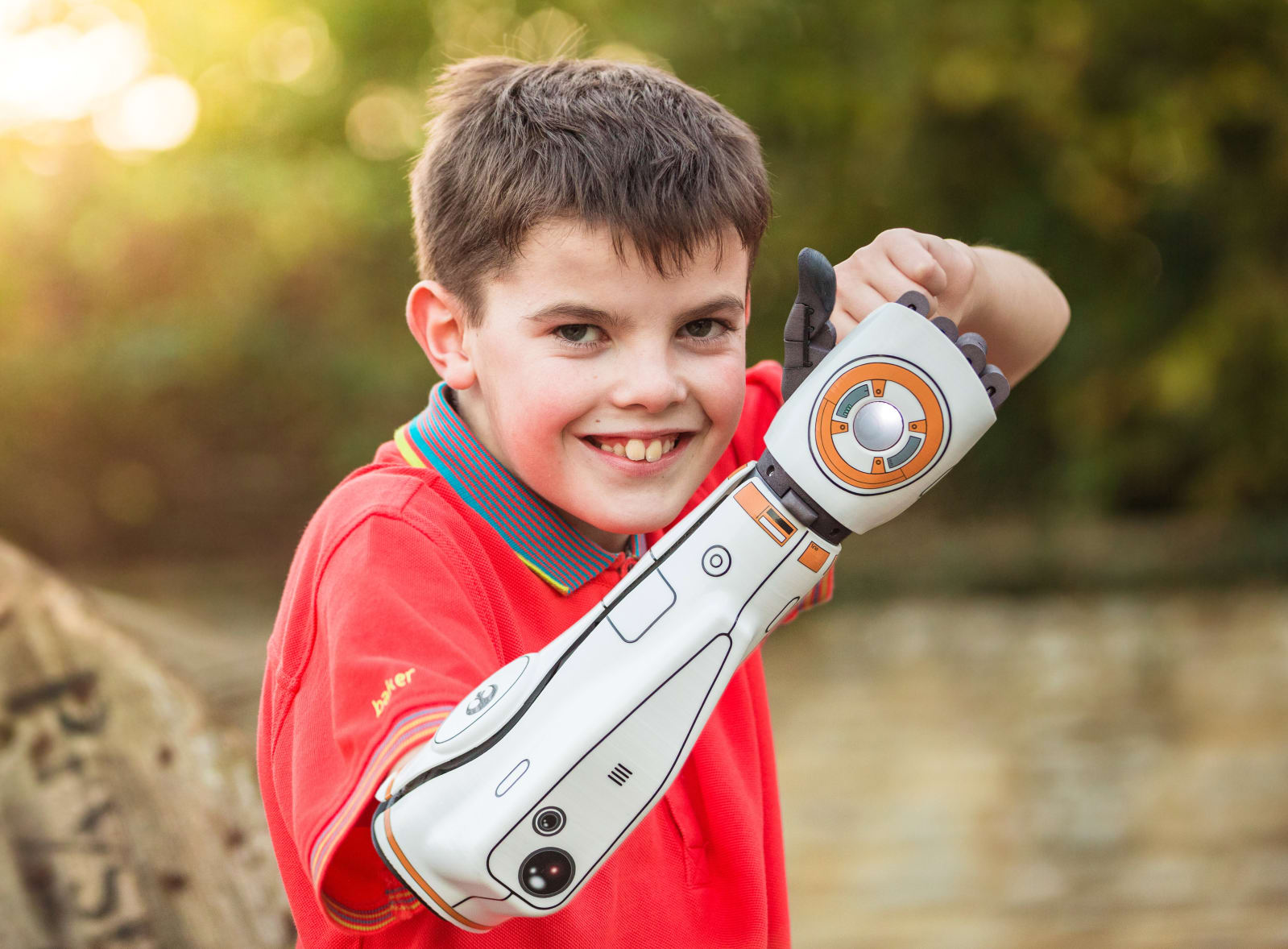 One year after Open Bionics began selling its 3D-printed Hero Arm prosthetic in the UK, the bionic arm is available in the US. Open Bionics has made a name for itself as a start-up specializing in low-cost prosthetics, and you might remember it as th...
One year after Open Bionics began selling its 3D-printed Hero Arm prosthetic in the UK, the bionic arm is available in the US. Open Bionics has made a name for itself as a start-up specializing in low-cost prosthetics, and you might remember it as th...
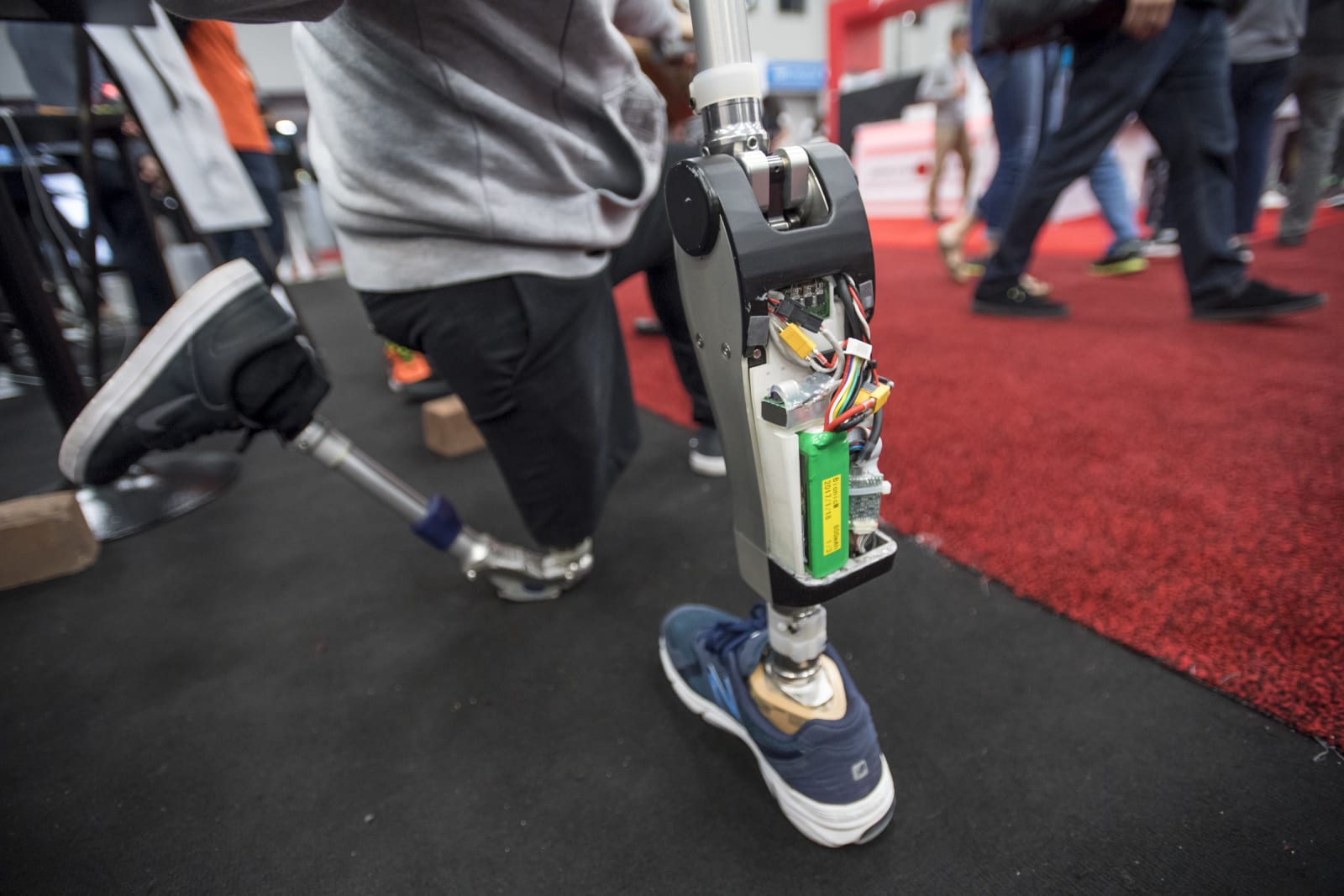 Amputees who receive robotic limbs can't usually start using them right away. It typically requires hours of manual tweaks to adapt to their particular movement styles, and they may need to come back for more if anything changes. Soon, however, the...
Amputees who receive robotic limbs can't usually start using them right away. It typically requires hours of manual tweaks to adapt to their particular movement styles, and they may need to come back for more if anything changes. Soon, however, the...